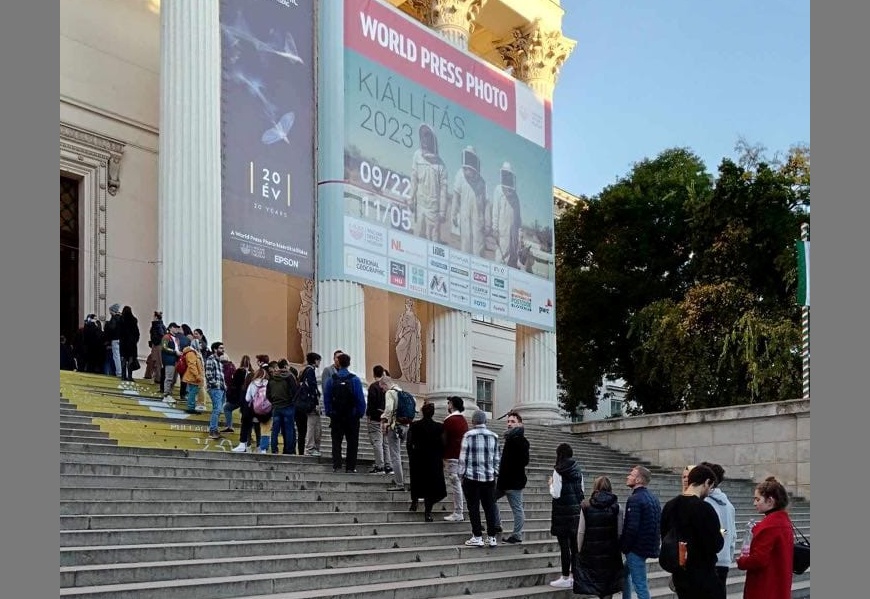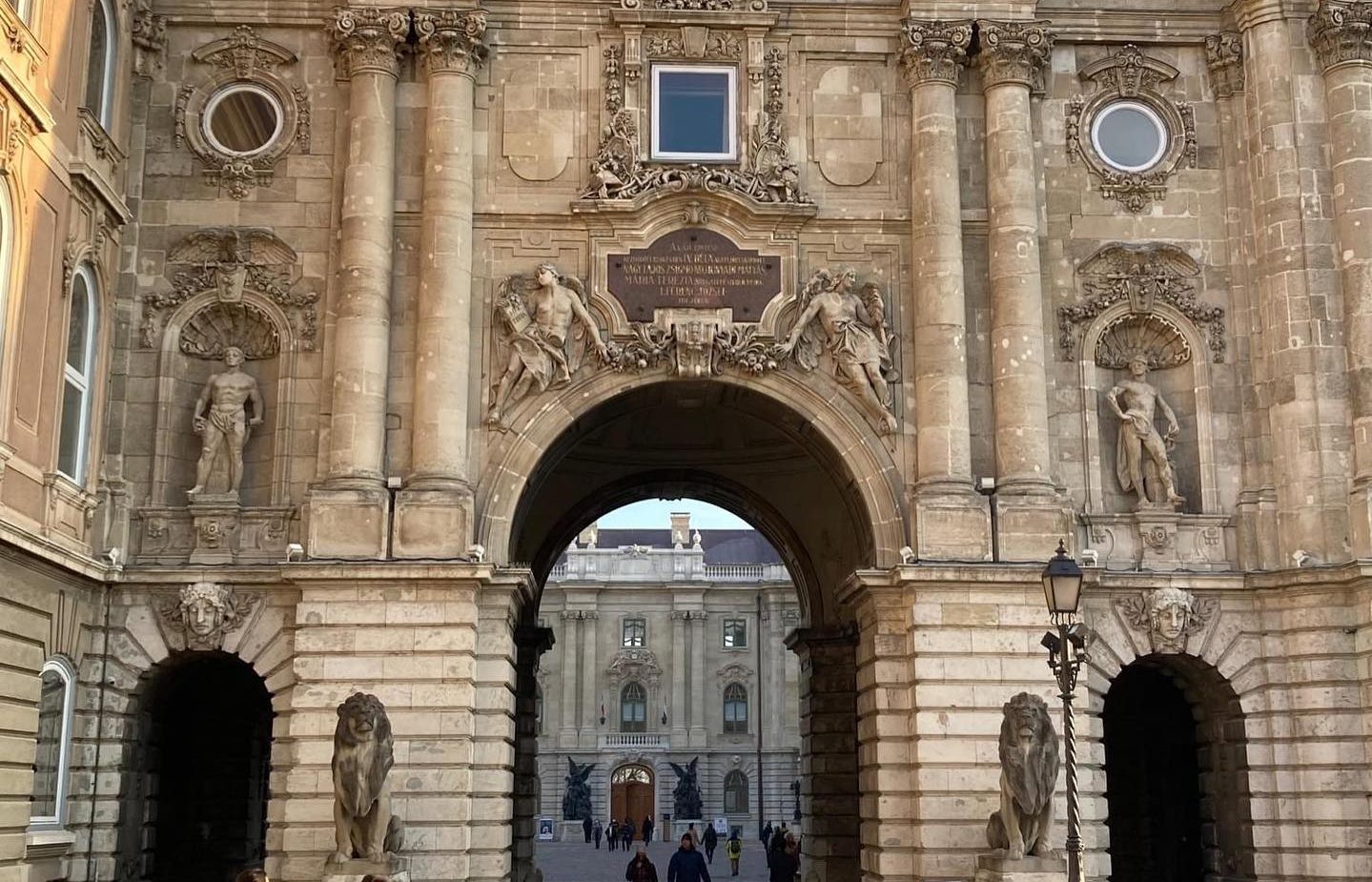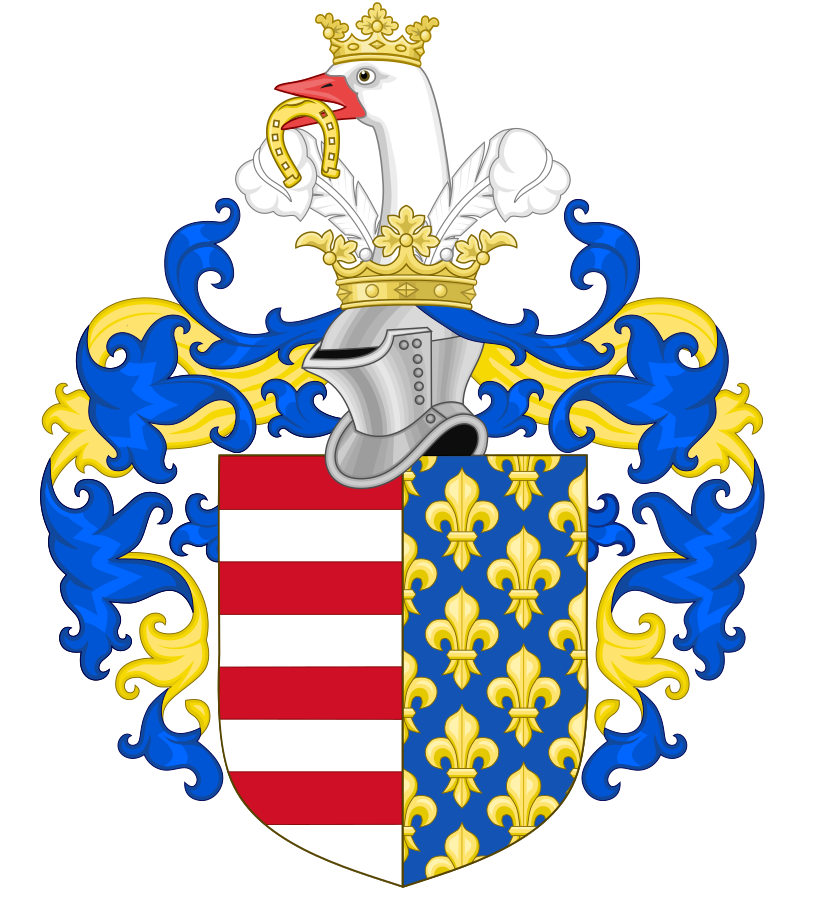
László L. Simon had earned his boss' ire by making a light-hearted joke about the incident.Continue reading

The Castle Museum of the Budapest History Museum will celebrate the 150th anniversary of the capital with a full-day family program on November 18, and a new exhibition of Gothic sculpture and a silk throne tapestry with a Hungarian-Anjou coat of arms will open on the same day.
In connection with the anniversary of the city’s reunification, visitors will be able to take part in craft workshops, fashion and military history demonstrations and guided tours in the museum’s spaces, bringing different periods to life.
With the help of the Mare Temporis team of traditionalists, visitors can travel back in time and meet and talk to a lady “from the time of Maria Theresa (1717-1780),” and national guard from 1848-1849, join a couple from the 19th century who are going to the market, and talk to a turn-of-the-century society.
Those interested can also see what the capital was like in the year of unification (1873) and try out a printing press that is almost 200 years old.
There will also be short guided tours to find out about the conquering Hungarians, treasures from the Árpád and Turkish periods, late medieval pottery.
In an unusual theater performance, the Gothic sculptures will be brought to life with live music, performing arts.
The same day will also see the opening of a restored exhibition of a unique Gothic statuette and a silk throne tapestry with a Hungarian-Anjou coat of arms. Archaeologist and chief museologist Dorottya B. Nyékhelyi will give a lecture on the history of the tapestry, while the other renewed exhibition will be presented by Ágoston Takács, head of the collection of Medieval Stones.

Coat of arms of the House of Anjou-Hungary. Photo via Wikipedia Commons
In 1999, the museum’s experts discovered a unique archaeological find on the site of the former Teleki Palace in Győr, western Hungary. From a well carved into the rock, ten meters below the surface, recognizable pieces of fabric began to emerge. The experts eventually determined that these pieces, known as the Hungarian-Anjou coat of arms, were pieces of matching silk cloth, preserved by airtightness and constant moisture, along with other organic material around them.
The tapestry, buried in the ground during the reign of Sigismund of Luxembourg, is one of the most extraordinary relics of medieval Hungarian history.
In the new exhibition, visitors will be able to see not only the unique artifact, but also other objects from the past that still raise many questions, such as medieval shoes, and get a behind-the-scenes look at the excavation.

Sigismund of Luxembourg, King of Hungary and Croatia (1387–1437). Photo via Wikipeda
In 1974, a Gothic sculpture, consisting of more than sixty assembled statuary torsos and thousands of fragments of various sizes, fundamentally expanding previous knowledge of courtly art in the time of King Sigismund, was unearthed in a sealed cellar of the bourgeois houses in front of Buda castle. The sculptures, some of which are painted and depict both religious and secular subjects, are the work of first-rate masters from various regions of Europe. The sculptures are of exceptional artistic value: their masters did not simply copy the usual forms of representation of the time, but developed new artistic solutions themselves.
A detailed program is available on the museum’s website.
Via MTI, Featured image via Facebook/Andras Szoboszlay